Our Stained Glass is proudly made in the U.S.A. by Youghiogheny Glass located in western Pennsylvania. In addition to making their own branded line of glass of different types, Youghiogheny Glass also manufacturers the Uroboros and Oceana brands, and they own the rights to other brands of glass that might be produced in the future.
This article explains the different brands and types of stained glass made by Youghiogheny and how their part numbers have code letters for the different varieties.
Brands of Stained Glass
The letters at the beginning of the part numbers are brand letters.
A part number beginning with the letter Y denotes Youghiogheny’s brand, while a part number beginning YO is the Oceana brand. A part number beginning with the letter U is the Uroboros brand.
A part number beginning with Y96 is a color in Youghiogheny’s line of fusible glass, which can be used for regular mosaic art just like any other art glass. More on that below.
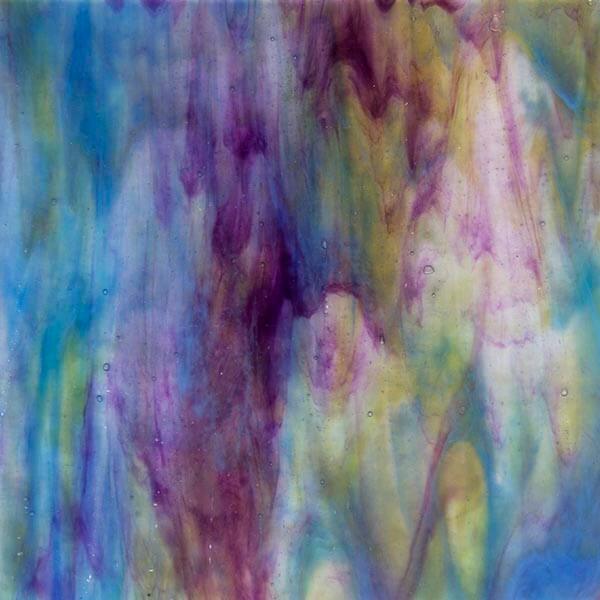
Types of Stained Glass
While the exact brand of stained glass coming from Youghiogheny might not be relevant for deciding whether or not you want it for your mosaic, the type of stained glass is more critical with actual physical differences.
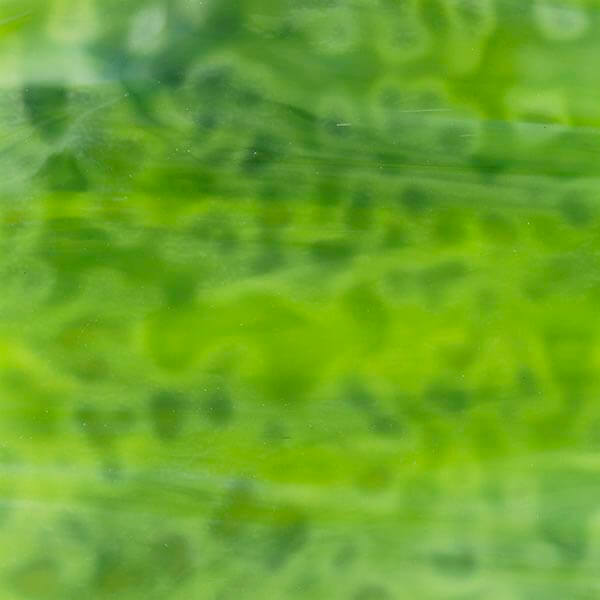
The letters at the end of a Youghiogheny part number denote the finish (surface treatment) or patterning of the glass:
| HS | High Strike | ring mottled pattern |
| RG | Reproduction Glass | using Tiffany brand formula |
| SP | Stipple | streaked or swirled pattern |
| G | Granite | “rough” texture of smooth indentations |
| N | Neodymium | more vibrant color via addition of Neodymium |
| TD | True Dichroic | lighting changes color and opacity |
| Opal | Opal | relatively opaque even when not mounted |
| I or i | Iridescent | surface rainbow affect resembling oil on water |
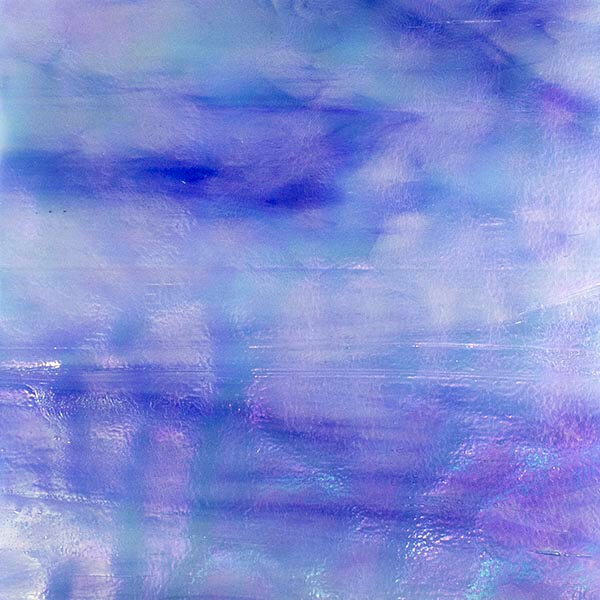
The TD or True Dichroic colors can be thought of as regular glass if you are mounting them on an opaque backer.
On the other hand, if you are using them for glass-on-glass mosaics or true stained glass artwork (with lead channel and solder, then they will exhibit differing color effects depending on the direction and color of the lighting.
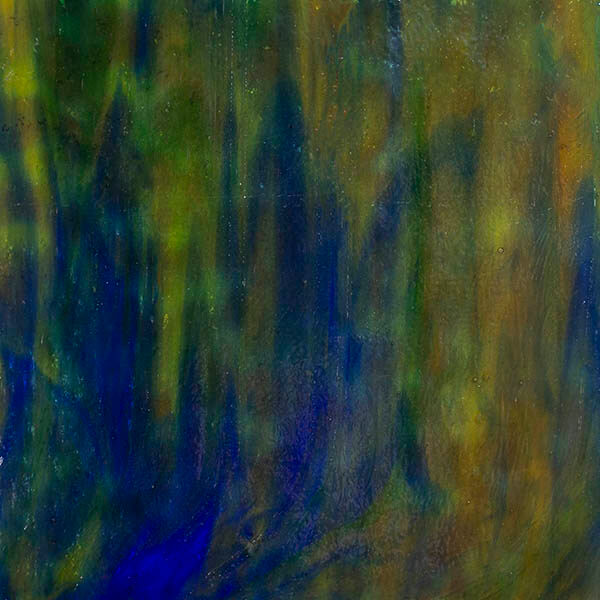
Fusible Glass
Customers sometimes email us asking if they can use the fusible glass we sell for mosaic, and if there are any special concerns.
Yes you can use fusible glass for mosaic, and no, there aren’t any special concerns.
The reason we carry those colors in fusible glass is that increases the color palette we color.
We do NOT carry it because we are trying to support fusing.
Why is that?
While mosaic is relatively straightforward and WYSIWYG, fusing is more complicated and usually involves experimentation and costly failures unless you are wise enough to stick with glass all from the same manufacturer.
Contrary, to popular belief, having the same COE (Coefficient Of Expansion) is no guarantee that two types of glass can be fused.
First, the glass must be chemically compatible.
Second, the COE’s need to have been measured by the same method. Glass that have the same nominal COE might not be compatible in terms of thermal expansion if those numbers were measured by different laboratory methods.
For both of those reasons, it is best to stick with materials all from the same manufacturer.
BUT, that is not what people do when trying out fusing. Instead, they try to mix and match glass from different sources like you can do with mosaic, and then they get mad at suppliers when the results are disastrous.
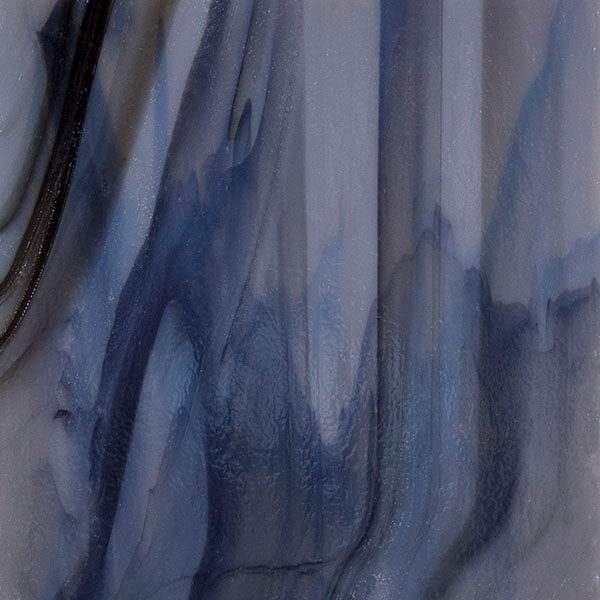


Leave a Reply